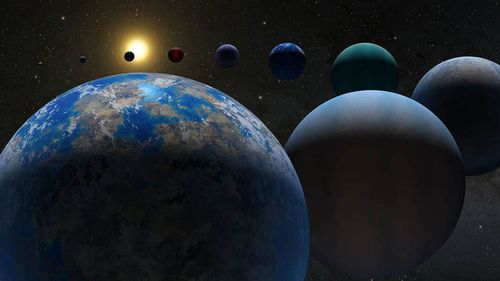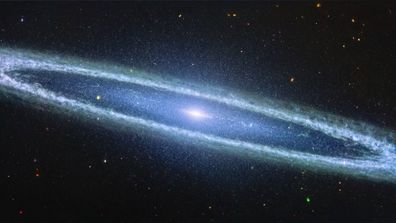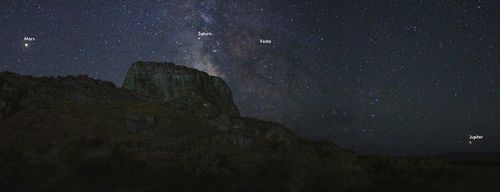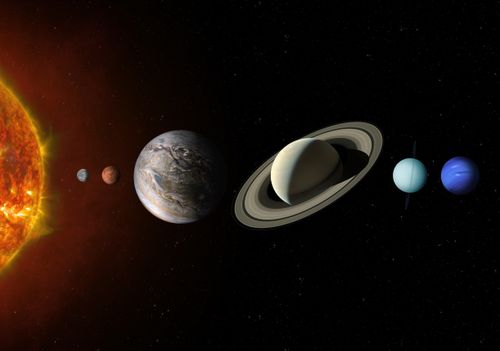Over the next three months, seven of our solar system’s planets will be visible from earth as a spectacular planetary alignment decorates the sky.

“Over the next three months several of the major planets will be visible at the same time in the night sky, sometimes close to each other,” Dr Allen said.
“In January, six planets including Mars, Jupiter, Saturn and Venus can be seen, and with a good telescope you could spot Neptune and Uranus.
“The moon will also be visible, but if you don’t want its light to affect your view, wait until January 21st as it wanes.”
It won’t just be across the southern skies in Australia, either.

Galaxy named for a hat looks very different in new image
Those in most places around the world will be able to witness the six planet parade across January, February and early March.
“These happen yearly, but to have six or seven planets form an alignment is rarer,
Dr Allen told 9news.com.au.
“This has to do with the fact that the different distances of the planets mean they are all moving at vastly different speeds around the sun.
“This makes it a great opportunity to see them because they will be above the horizon at the same time.
“Normally, you might have to wait hours for one to rise while another may be setting.”

Unlike previous planetary alignments, this phenomenon will stretch out across three months because the planets are sitting in advantageous positions in the sky.
“Summer is often a great time to view the giant planets Jupiter and Saturn because they are ‘up’ at ideal times and often at the same time. If you are lucky, then Mars may also be high in the sky,” Dr Allen continued.
“This year, we are being treated to parade of planets that will be visible in the night sky at the same time across the summer months.”
How can I see the planet parade?
Avoid city lights and head to a wide open area or a hill.
If the skies are clear, you may be able to see the planets without a telescope.
The planetary alignment will make its appearance just after sunset in the evening.
“Start from the west and try to find Venus and Saturn which will form a very bright pair,” Dr Allen suggests.
“Jupiter will sit above Orion in the constellation Taurus while Mars will be further east in Gemini.
“Next month will then see Mercury join the parade, completing the summer march of planets.”
There are several apps which can help stargazers identify planets in the sky, including StarWalk and Stellarium.

How does a planet parade occur?
A planet parade, also known as a planetary alignment, happens when four or more planets appear to line up in the night sky.
NASA has referred to the phenomenon as a “parade of planets”, however it doesn’t actually mean the planets are in a perfect queue.
Planets can’t ever fully line up but they can sit on the same side of the sun and look very close to queueing up.
“Astronomically, the planets are not getting (much) closer to each other, but they appear that way to us because their locations are projected onto our night sky,” Dr Allen said.
“This path is called the ecliptic and forms the line we see the sun rise and set on. All planets follow this path too.
“While they orbit at different distances from the sun, they travel along relatively the same plane as earth.”





